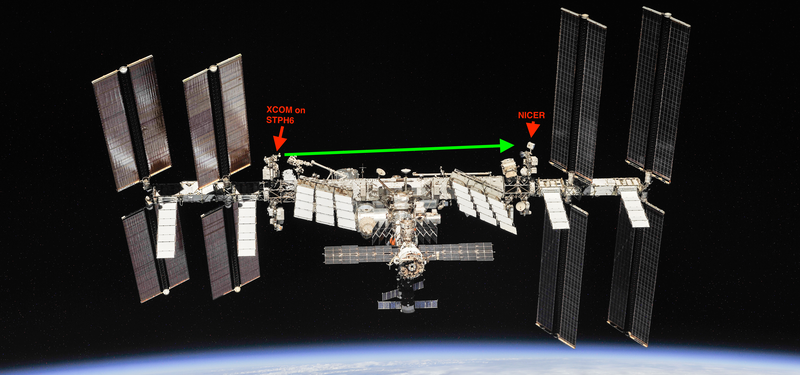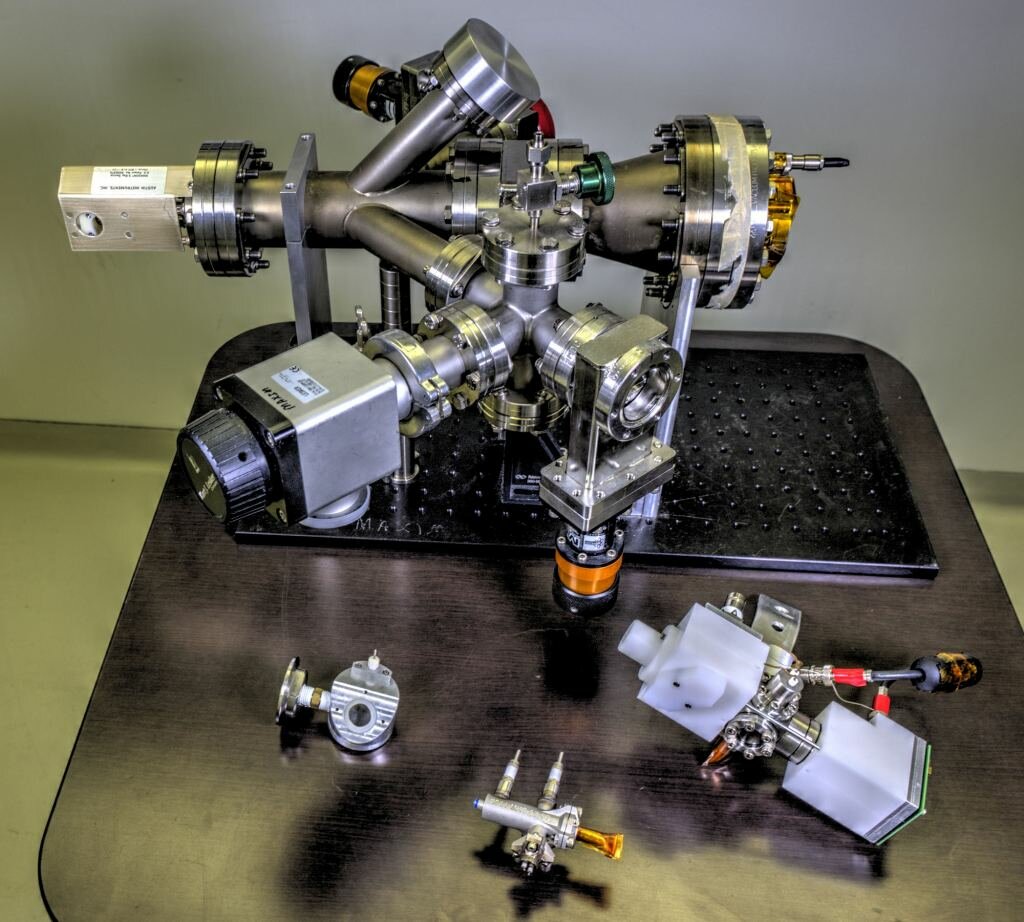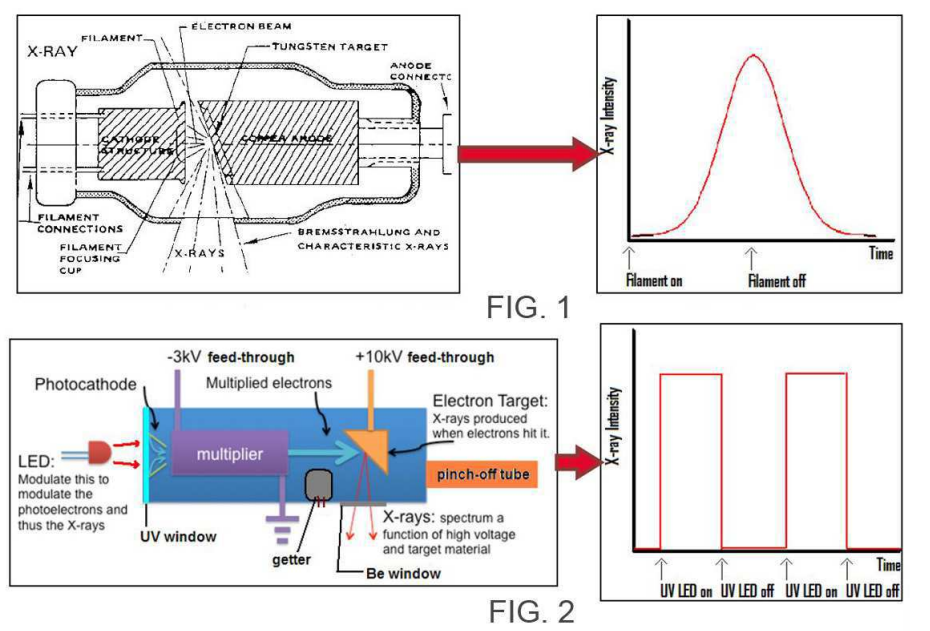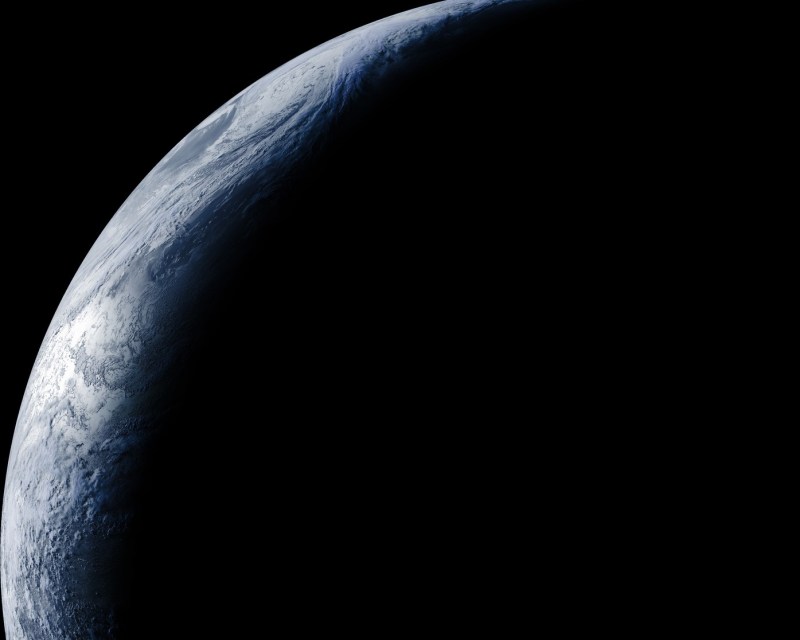
Hundreds of years from now, the story of humanity’s inevitable spread across the solar system will be a collection of engineering problems solved, some probably in heroic fashion. We’ve already tackled a lot of these problems in our first furtive steps into the wider galaxy. Our engineering solutions have taken humans to the Moon and back, but that’s as far as we’ve been able to send our fragile and precious selves.
While we figure out how to solve the problems keeping us trapped in the Earth-Moon system, we’ve sent fleets of robotic emissaries to do our exploration by proxy, to make the observations we need to frame the next set of engineering problems to be solved. But as we reach further out into the solar system and beyond, our exploration capabilities are increasingly suffering from communications bottlenecks that restrict how much data we can ship back to Earth.
We need to find a way to send vast amounts of data back as quickly as possible using as few resources as possible on both ends of the communications link. Doing so may mean turning away from traditional radio communications and going way, way up the dial and developing practical means for communicating with X-rays.
The Tyranny of Physics
The essential problems with deep space communications come from two sources – the inverse-square law and information theory. The inverse-square law states that the amount of energy at the receiving end of a radio communications link is inversely proportional to the square of the distance to the transmitter. Basically, radio waves spread out from the source and at very great distances tend to diminish into the background noise. That’s why deep-space communications networks tend to have large antennas on both ends of the link, to gather and focus as much of the weak signal as possible, as well as to be able to transmit a powerful and narrowly focused beam.
Information theory tells us that more data can be packed into higher frequency signals than lower frequencies. Early satellites didn’t need much bandwidth to do their jobs, so VHF and UHF radios were generally sufficient. But as spacecraft became more sophisticated and the amount of data they needed to send back increased, their communications links began shifting gradually up the electromagnetic spectrum into the microwave region. The Voyager probes, currently in interstellar space, have an uplink using 2.1 GHz for the relatively low-bandwidth tasks of vehicle control, with a downlink at 8.1 GHz, reflecting the increased bandwidth needed to send scientific data back to Earth.
For as stunning an engineering achievement as Voyager has been, and notwithstanding the fact that it’s still working more than 40 years after launch, its radio gear only barely supports its interstellar mission. To be fair, Voyager was never meant to last this long, and every bit of data that makes it back to Earth is just icing on the cake. But for future missions specifically designed for interstellar space, sending back enough data to make such missions feasible will require more bandwidth.
Small, Bright, and Fast

In late April, NASA is sending a pallet of gear up to the ISS, and one of the experiments stashed in the cargo is meant to explore the potential for X-ray communications, or XCOM, for deep space. The Modulated X-Ray Source (MXS) is a compact X-ray transmitter that will be mounted outside the space station. The receiver for this experiment is already installed; the Neutron Star Interior Composition Explorer (NICER) has been gathering X-ray spectra from neutron stars since 2017, while also gathering data about the potential for using X-ray pulsars as navigational beacons in a sort of “Galactic Positioning System”.
MXS is an interesting instrument. When one thinks of making X-rays, the natural tendency is to assume a traditional hot-cathode vacuum tube, where electrons are boiled off a filament and accelerated by an electric field in the range of 100 kilovolts to slam into a tungsten anode, would be used. But vacuum tubes like those found in a hospital X-ray suite aren’t the best space travelers, and even when ruggedized they’re too bulky and heavy to send upstairs.
So NASA researchers developed a more spaceflight-friendly X-ray generator. Rather than heating a filament to generate electrons, the X-ray source in MXS uses creates photoelectrons by bombarding a magnesium photocathode with UV light from LEDs. The few photoelectrons produced then enter an electron amplifier, an off-the-shelf component found in mass spectrometers that uses specially shaped chambers coated with a thin layer of semiconducting material. Each incident electron liberates a few secondary photoelectrons, which bounce off the other wall of the multiplier to create more electrons, greatly amplifying the signal. The huge stream of electrons is then accelerated by a 10 kV field to collide with the target anode and produce X-rays.

While the MXS source sounds similar to a hot-cathode tube, there are important differences. First, the source can be made cheaply from off-the-shelf components and a 3D-printed metal enclosure. The whole assembly weighs only about 160 grams, fits in the palm of a hand, and has no unusual power or temperature control requirements. The big difference, though, is with how fast the X-rays can be turned on and off. A glowing filament can only heat up and cool down so quickly, meaning that effective modulation of X-ray from hot-cathode sources is difficult. In the MXS, X-rays are produced only when the UV LEDs are on, and those can be switching very quickly, in the sub-nanosecond range. The ability to modulate an X-ray beam lead to data rates in the gigabits per second range, greatly enhancing our ability to move data around in space.
What’s more, X-rays can be more tightly collimated than radio waves or even light, which is also being experimented with for space communications. The tighter X-ray beam spreads out less, making transmission more power efficient and reception easier by virtue of the strong signal from relatively bright transmitters.
Although the distance between the MXS and NICER in these XCOM experiments is only about 50 meters, they stand to position us for much better bandwidth for deep space communications. The MXS source itself has a lot of potential applications beyond XCOM too, from cheap, lightweight, low-power medical imaging on Earth and in space, navigational beacons for spacecraft, and even advanced chemical analysis by X-ray spectroscopy

